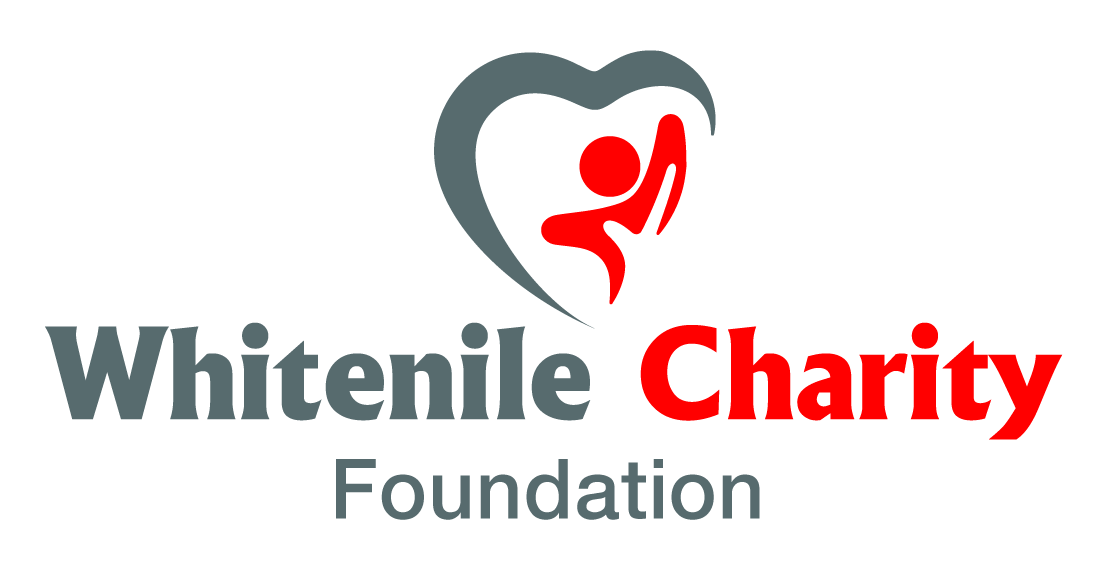Emergency Response to Uganda Communities – White Nile Charity Foundation
Some of the steps taken for an effective emergency response to Uganda communities by the White Nile Charity Foundation are listed below. However, for specific and actionable advice, it is recommended to consult with relevant organizations and local authorities in Uganda who have a better understanding of the community’s needs and context.
Effective emergency response in Uganda communities requires collaboration, coordination, and a focus on meeting the immediate needs of those affected by the emergency.
Here are some general steps that can be taken for emergency response in Uganda communities
Assess the situation: Conduct a needs assessment to identify the scope and severity of the emergency. This assessment should include a thorough analysis of the needs of the affected communities, the available resources, and any potential risks.
Mobilize resources: Once the needs assessment is complete, mobilize resources to address the identified needs. This may include emergency supplies, such as food, water, and medical supplies, as well as trained personnel to provide assistance.
Communicate with the affected communities: Establish effective communication channels with the affected communities to provide them with information on the emergency situation and any assistance that is being provided. This can include setting up hotlines, social media accounts, or community meetings.
Provide immediate assistance: Provide immediate assistance to those affected by the emergency, such as food, shelter, medical care, and other essential services.
Coordinate with relevant stakeholders: Coordinate with relevant stakeholders, including government agencies, NGOs, and community leaders to ensure a coordinated response and avoid duplication of efforts.
Monitor and evaluate: Monitor and evaluate the emergency response to identify any gaps or areas for improvement. This information can then be used to improve future emergency response efforts.

